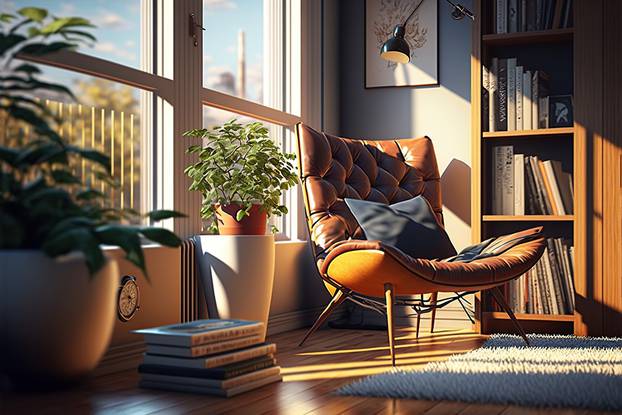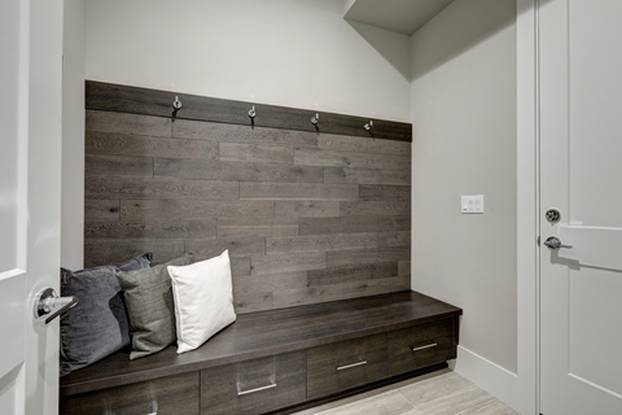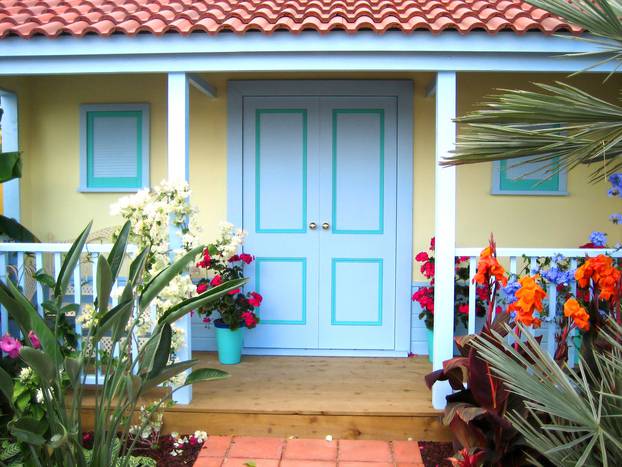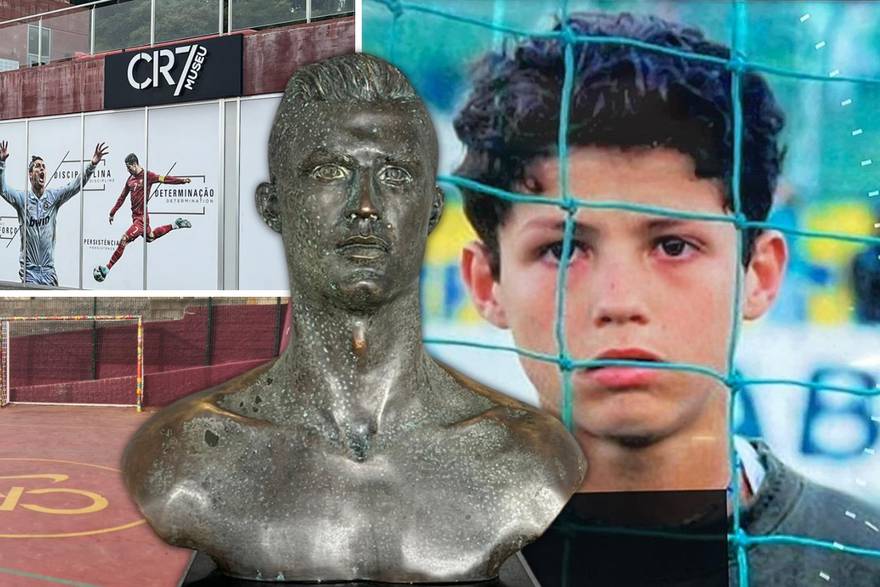These are the best places in the home to set up safety cameras

Choosing the best safety camera for your home is just the first step – it is equally important to place them in the right places. Improper installation can result in blurry shots, poor visibility, especially at night, or a glare due to the strong sun in the spring and summer months.
The good news is that modern cameras have wide visual fields and simple system adjustment systems, but it is still important to choose the optimal place.
Watch the video:
01:35
Bistrica Cottage used to be an old mill
The best places to set up safety cameras are as follows.
1. Exterior: Main entrance
You might think the burglars enter the side door, but statistics show that 34 % of them enter the main entrance. This is also the place where the package of the package most often occurs. The camera at the main entrance allows you to supervise everyone who comes in and out of the home – from the household and the guests to the deliveryman and servitarians.
Tip: Video Portaphones are a great choice for the main entrance, either as an independent camera or in combination with another camera aimed at the yard or garage.
2. Exterior: Rear and side door
Doors not in the sight of passers -by allow unnoticed entrance. According to statistics, 22 % of burglaries happen through the back door. Place the cameras on these doors, especially if used as often as the main entrance, or if they are easily available from the street (like basement doors).
3. Exterior: garage and driveway
Garages are often the target of the burglar because they represent a weaker point of defense. The camera pointing towards the garage and/or the access road keeps your tools, bikes, cars and other property. If you have a separate garage, the camera will help in control and connecting. If the garage is connected to the house, additional supervision protects another possible entrance to the home. If you have a gate, place the camera and there.
4. Exterior: yard
The courtyard surveillance allows you to monitor the movement of potential intruders, as well as children, pets and outdoor activities in general. Cameras with a wide -field field (at least 130 degrees) are ideal for this purpose. If you have a door or a shed fence, make sure the camera covers these areas.
5. Interior: Common spaces
Cameras in rooms like a kitchen or living room allow you to check the behavior of children, home helpers, cleaners, as well as pet activities. Focus on rooms with large ground floor windows that potential burglaries can use to enter.
6. interior: the main staircase or hallway
Placing cameras on the main interior passes prevents the movement of the house inappropriately. Even if one enters the smaller visible area, they will be recorded when moving the rest of the home.
Where not to set up security cameras
- Places that impair the privacy of neighbors. The cameras that shoot publicly available parts of the neighbor’s real estate are, as a rule, are allowed, but be careful and respect their privacy.
- Bedrooms and bathrooms. Despite the good intentions (eg supervision of children or the elderly), these places are particularly sensitive. Instead, use Baby Monitors, Movement Detectors, Smoking Senses of Glass or Emergency Devices.
Tips to set up external cameras
- Place them 2.5-3 meters above the ground. High enough to be out of reach, but low enough to shoot details.
- Avoid the sun directly. Sunlight can cause a glare and poor quality of the recording. Place the cameras at an angle to be exposed to indirect light.
- Protect them from weather conditions. Choose the camera suitable for your climate belt and, if possible, mount it under the eaves or other shelter.
- Do not place them too close to shrubs or trees. Plants can cover the camera over time.
- Let the camera be visible. The visible camera can act as a distracting factor for potential burglaries.
Tips for installing interior cameras
- The angles of the room are ideal. They allow a wider examination.
- The shelf provides flexibility. If you do not need to mount the camera, you can easily move it.
- Avoid focusing on windows. Reflections, especially at night, can spoil the quality of the footage. The infrared light is reflected on the glass and creates the effect of a « broken image ».
- Direct them to an indirect light. Direct light from windows or lighting fixtures can destroy the recording.
Setting up a video portaphon
Video portaphones have a special recording angle and should be placed at a height of about 120 cm, to have a good overview over the entrance. In narrow spaces, a slight rotation is recommended to cover more space. Most models come with angle adjustments.
Are there translucent cameras?
If you need a camera that you can easily move (for example, to the yard where children play or inside a home to location where objects often disappear), consider the battery -resistant cameras and are resistant to weather conditions. They offer flexibility and convenience, especially if you do not have a constant assembly, writes msn.












